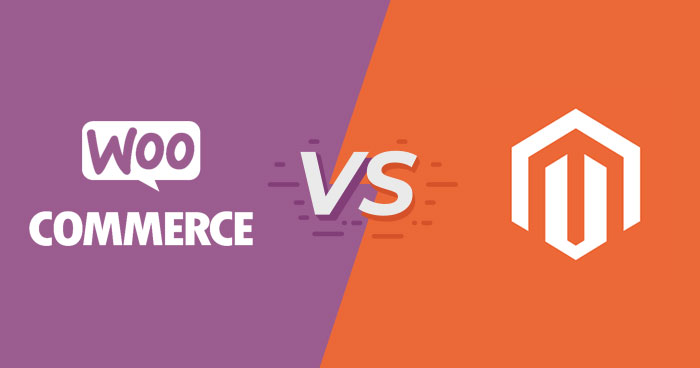How to Convert Leads at the Decision Stage of the Funnel: The Ultimate Guide to Closing More Sales
At the decision stage of your sales funnel, potential customers are on the verge of making a purchase.They’ve

Choosing between WooCommerce and Magento can feel overwhelming. Both platforms dominate the eCommerce space but cater to vastly different audiences. Let’s cut through the noise and compare them head-to-head, focusing on what matters most: costs, scalability, ease of use, and long-term growth.
| Feature | WooCommerce | Magento |
|---|---|---|
| Best For | Small businesses, startups, WordPress users | Large enterprises, B2B brands, complex stores |
| Cost | 120–120–1,000+/year (hosting, plugins, themes) | 22,000–22,000–190,000+/year (Enterprise plans) |
| Ease of Use | Beginner-friendly, intuitive WordPress integration | Steep learning curve, requires technical expertise |
| Scalability | Limited (needs plugins for growth) | Built for enterprise-level scaling |
| Security | Relies on WordPress plugins | Advanced security patches, dedicated scans |
| SEO & Marketing | Integrates with WordPress SEO tools (Yoast, Rank Math) | Built-in SEO tools, A/B testing, advanced analytics |
Verdict: WooCommerce is ideal if you lack coding skills. Magento demands a developer.
Verdict: WooCommerce wins for affordability. Magento suits deep-pocketed enterprises.
Verdict: Magento leads in advanced features; WooCommerce requires plugins.
Verdict: Magento is future-proof for rapid scaling.
Verdict: Magento offers stronger built-in security.
Verdict: Magento edges ahead with native marketing tools.
Verdict: Tie. Both have strong communities but lack direct support for free tiers.
Pick WooCommerce If You…
Choose Magento If You…
Still Unsure?
By aligning your choice with business size, technical resources, and growth goals, you’ll unlock the full potential of your eCommerce store.
Share:

At the decision stage of your sales funnel, potential customers are on the verge of making a purchase.They’ve
Getting people to visit your Shopify store is just the beginning. The real success comes from turning those
You’ve poured your heart into a stunning Figma design for your Shopify store, and now it’s time to
Starting a SaaS in 2025? You need a framework that’s fast, flexible, and future-proof. Laravel rises above the
Transforming your Figma designs into a Shopify store doesn’t have to be complicated. Whether you’re a designer, developer,